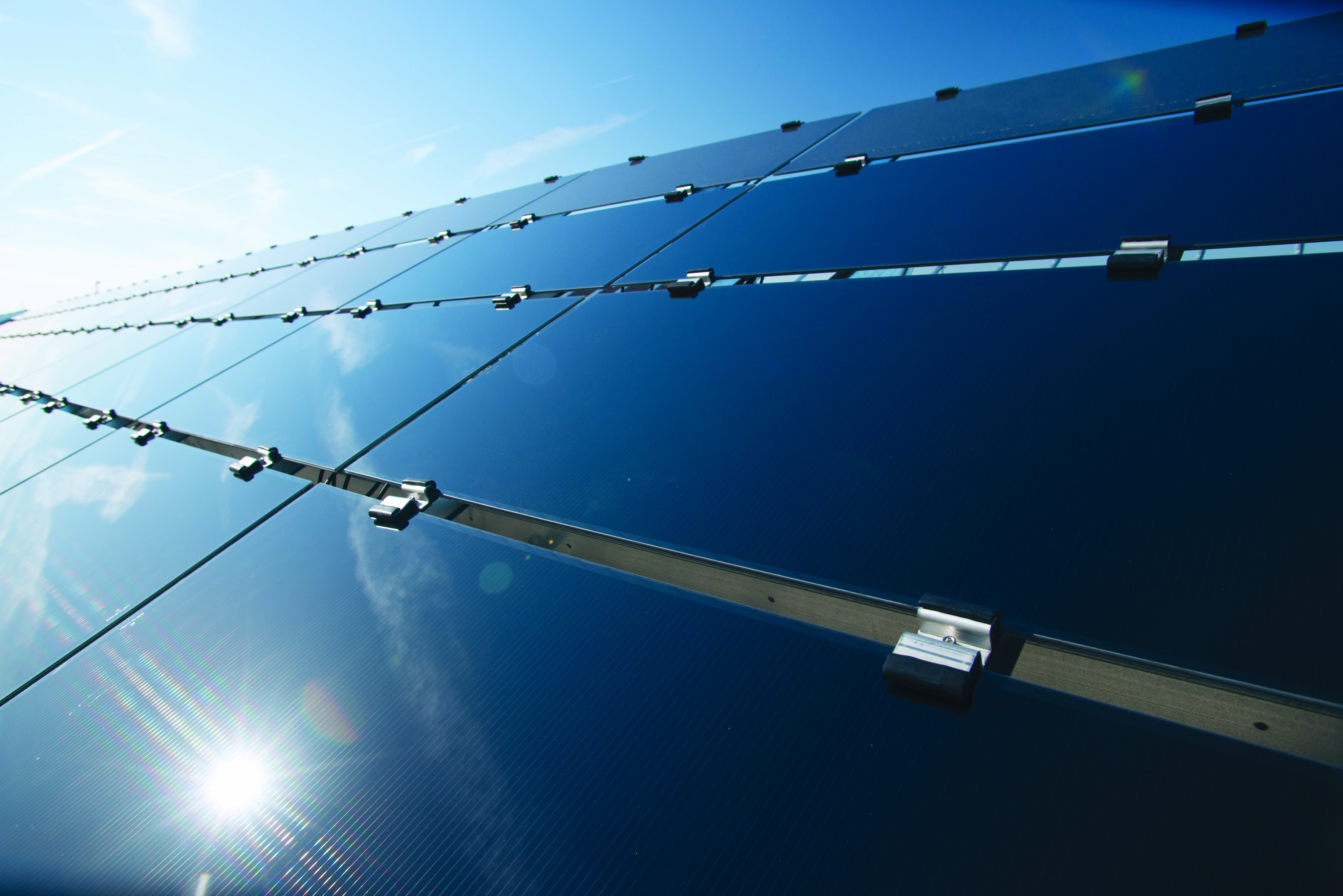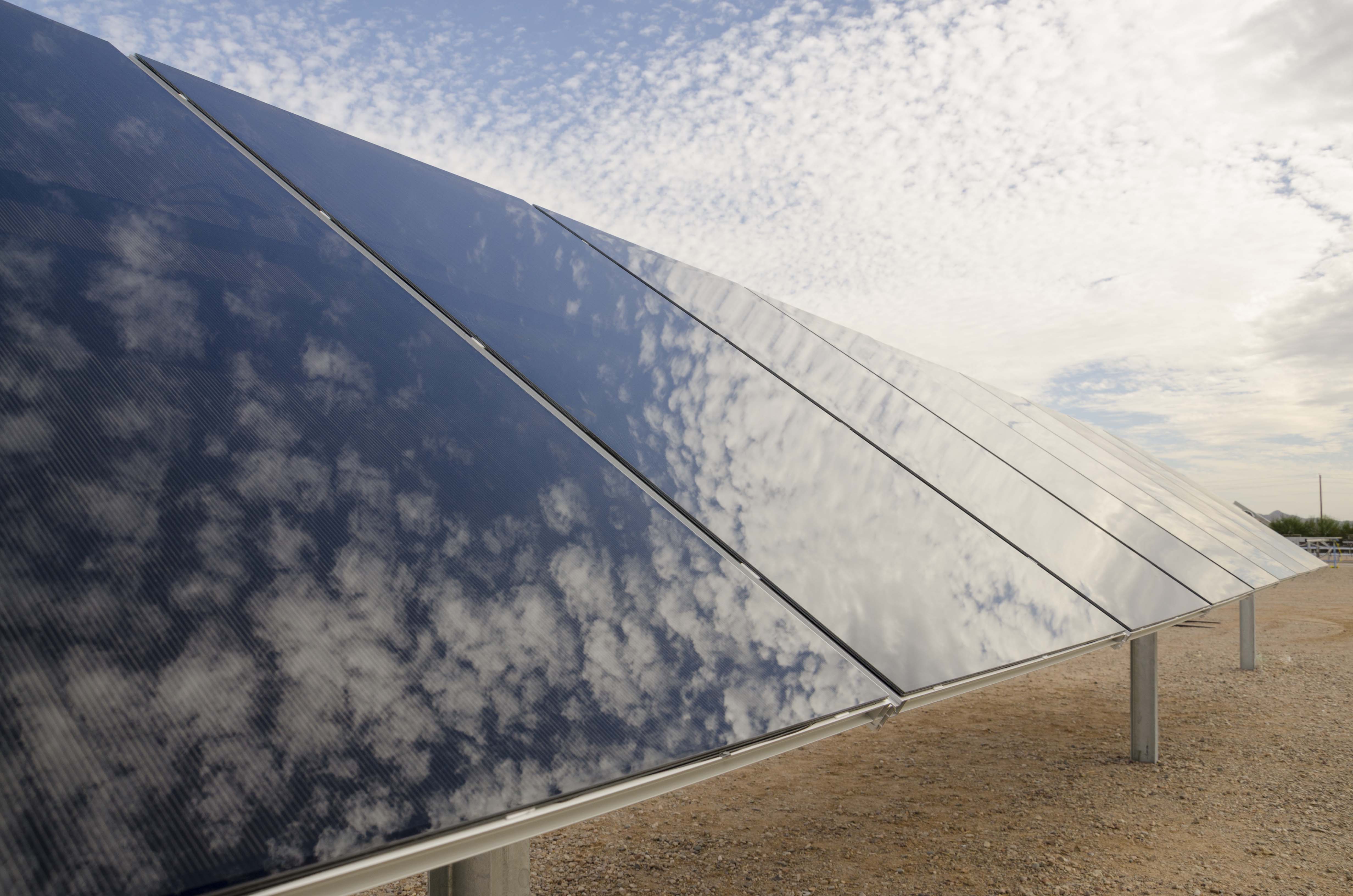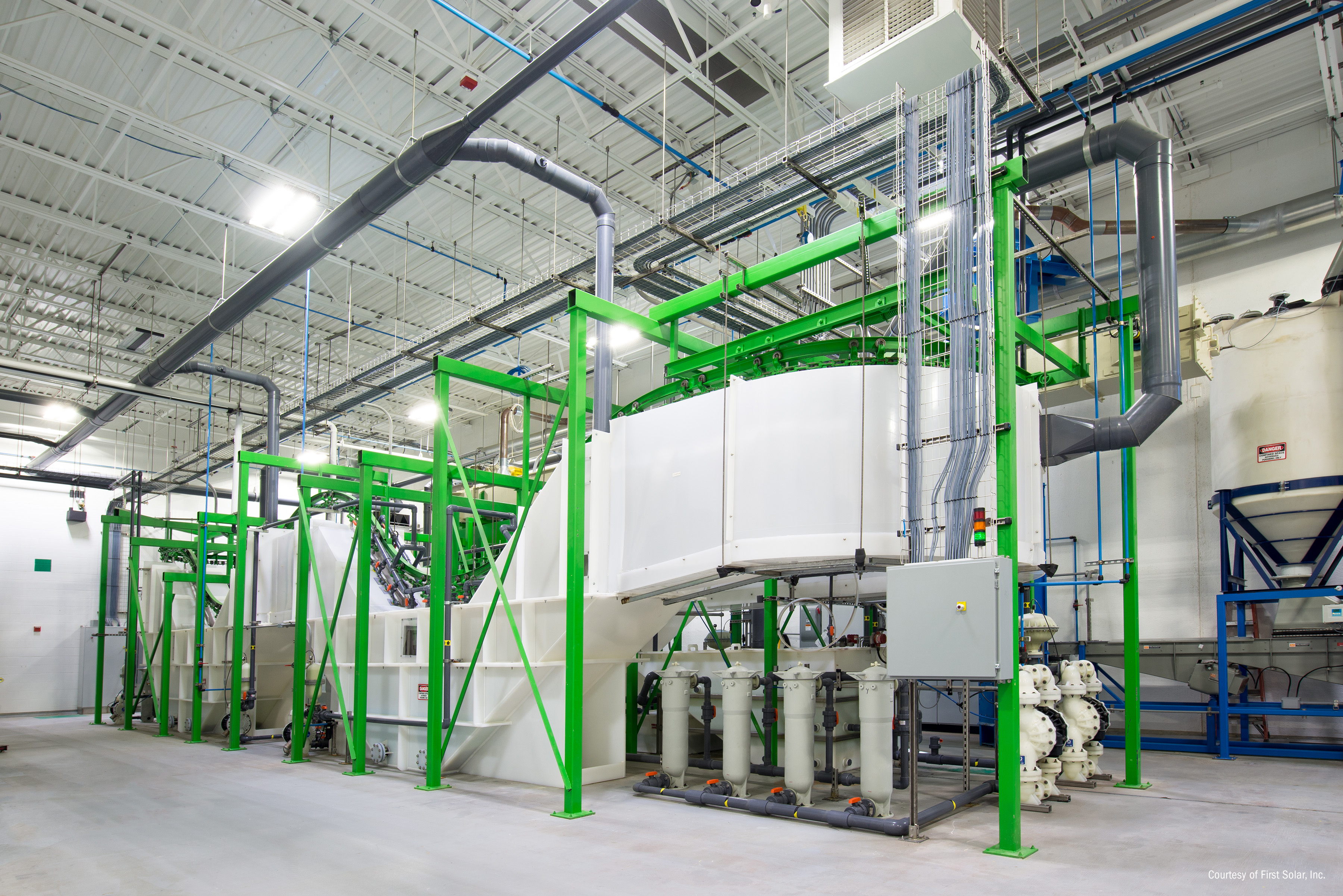Keeping Landfills Free of Solar PV Waste
 Advancements in the solar PV industry have come from all areas. Jumps in solar panel efficiencies have improved energy output, markets have matured, project financing has become readily available, and module prices have dropped exponentially. These notable developments have established the technology as a viable and cost-effective method of power generation; solar today is cost-competitive with fossil fuel generation. The industry has matured significantly over the past decade. With solar deployment expected to reach terawatt levels over the next decade, a greater focus will be on the materials and resources used to build these PV systems. The first significant amount of waste from PV panels is expected worldwide by the mid 2020s. The question is, what to do with PV when it reaches the end of its life?
Advancements in the solar PV industry have come from all areas. Jumps in solar panel efficiencies have improved energy output, markets have matured, project financing has become readily available, and module prices have dropped exponentially. These notable developments have established the technology as a viable and cost-effective method of power generation; solar today is cost-competitive with fossil fuel generation. The industry has matured significantly over the past decade. With solar deployment expected to reach terawatt levels over the next decade, a greater focus will be on the materials and resources used to build these PV systems. The first significant amount of waste from PV panels is expected worldwide by the mid 2020s. The question is, what to do with PV when it reaches the end of its life?
Industry attitudes towards the recycling of modules and other PV system parts, have always been in favor of a responsible end-of-life strategy; the past year, in particular, has shown an increasing interest in the subject. Only a year ago, the topic was a mere footnote at the annual Solar Power International conference (SPI). This year however, recycling was a hot topic of discussion at SPI, with industry stakeholders recognizing recycling as a business model. With PV recycling in Europe starting to scale up to the necessary capacities, now is the perfect time for the American market to follow suit.
 A recent paper published by the UC Santa Barbara Bren School of Environmental Science and Management, has confirmed the looming industry challenge. An estimated 9.8-million tons of PV waste is anticipated between 2030 and 2060 in the United States.1 That is equivalent to roughly 10,000 cargo ships full of solar waste. Currently, solar PV modules make up less than one percent of annual global e-waste volumes; by 2030, that number is expected to rise to anywhere from 3-16 percent of total e-waste produced annually today.2
A recent paper published by the UC Santa Barbara Bren School of Environmental Science and Management, has confirmed the looming industry challenge. An estimated 9.8-million tons of PV waste is anticipated between 2030 and 2060 in the United States.1 That is equivalent to roughly 10,000 cargo ships full of solar waste. Currently, solar PV modules make up less than one percent of annual global e-waste volumes; by 2030, that number is expected to rise to anywhere from 3-16 percent of total e-waste produced annually today.2
Many recycling initiatives are in their infancy, as is the market for such services. Inversely, the long lifespans of solar panels (25-30 years in most cases) have given ambitious players in the industry a head start on developing the necessary recycling processes and infrastructure. In Europe, where the first solar boom occurred, a global voluntary module collection and recycling program was established in 2005. Today, a number of producers and independent entities have started to develop the necessary solutions the industry will need to maintain its current level of environmental stewardship, just in time for when the first systems start to be decommissioned, over the next couple of years.
 Manufacturing the next generation of solar panels, using recovered materials from old panels, could significantly cut down on raw material costs. Recycling can significantly reduce the environmental footprint of PV electricity, making it even more sustainable.
Manufacturing the next generation of solar panels, using recovered materials from old panels, could significantly cut down on raw material costs. Recycling can significantly reduce the environmental footprint of PV electricity, making it even more sustainable.
In Europe, the EU WEEE directive mandates the recycling of PV panels. Unfortunately, not enough manufacturers are taking a proactive role in expanding recycling efforts into other regions of the world. It is important that the industry take an active leadership role to address the burgeoning challenge of solar PV waste - particularly in the maturing market of the United States. In 2016, the US Solar Energy Industries Association (SEIA) partnered with PV manufacturers and installer-developers to voluntarily launch a national PV recycling program, which has aimed to make affordable PV recycling solutions more accessible to consumers.3
All parties involved in the solar industry, whether directly or indirectly, are responsible for nurturing and enabling widespread adoption of PV recycling. Although things are moving in the right direction, it's ultimately societal attitudes towards reducing waste, and responsibly dealing with electronics as they reach the end of their useful life, that will be the catalyst to cement PV recycling. With industry leadership, the wide rollout of solar panel recycling could be just around the corner; with it, another piece of the clean energy transition will fall into place.
Andreas Wade is Global Director of Sustainability at First Solar. First Solar has developed, financed, engineered, constructed, and currently operates many of the world's largest grid-connected PV power plants.
First Solar | www.firstsolar.com
1DomÃnguez, Adriana, und Roland Geyer. „Photovoltaic Waste Assessment of Major Photovoltaic Installations in the United States of America". Renewable Energy, August 2018. https://doi.org/10.1016/j.renene.2018.08.063.
2S. Weckend, A. Wade, G. Heath and K. Wambach, "End-of-Life Management: Photovoltaic Panels", International Renewable Energy Agency (IRENA), International Energy Agency Photovoltaic Power Systems Program Task 12 (IEA PVPS Task 12), Abu Dhabi, Amsterdam, 2016.
3E. Butler, "SEIA National PV Recycling Program", in Solar Power International, Las Vegas, 2016.
Author: Andreas Wade
Volume: 2018 November/December









.png?r=4277)


